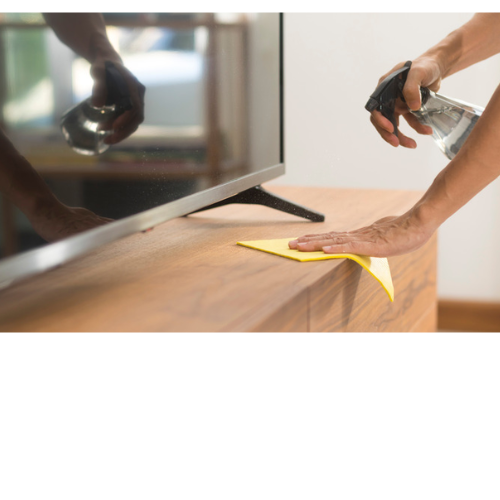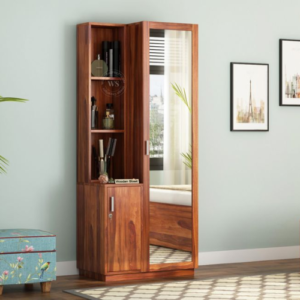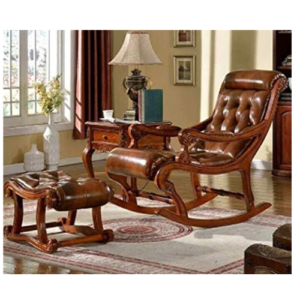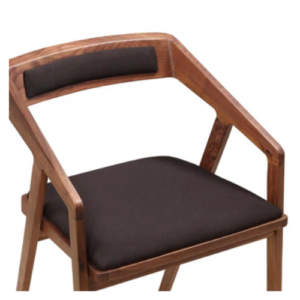Wooden products, from furniture to home décor, are prized for their natural beauty, durability, and timeless appeal. However, to keep these items looking their best and to extend their lifespan, proper maintenance is essential. Whether you’re caring for a vintage wooden table or a newly purchased wooden bed frame, understanding how to maintain your wooden products is key to preserving their charm and functionality. This article will guide you through the steps to maintain wooden products, making them a lasting investment in your home.
1. Regular Dusting and Cleaning
The first step in maintaining wooden products is regular dusting and cleaning. Dust and dirt can accumulate on wooden surfaces, leading to scratches and a dull appearance over time.
- Dusting: Use a soft, dry microfiber cloth or a feather duster to gently remove dust from wooden surfaces. Avoid using rough or abrasive materials that can scratch the wood. Dusting should be done at least once a week to keep the surface clean.
- Cleaning: For more thorough cleaning, use a damp cloth to wipe down the wood, followed by a dry cloth to remove any moisture. For stubborn stains, a mild soap or a specially formulated wood cleaner can be used. Avoid using harsh chemicals, as these can damage the finish and the wood itself. Always test any cleaner on a small, inconspicuous area before applying it to the entire surface.
2. Protecting Wooden Surfaces
Protecting wooden surfaces from daily wear and tear is crucial in maintaining their beauty and integrity.
- Use Coasters and Mats: Always use coasters for drinks and mats for hot dishes to prevent water rings, heat marks, and spills from damaging the wood. These simple precautions can prevent long-term damage.
- Avoid Direct Sunlight: Prolonged exposure to direct sunlight can cause wood to fade, crack, or warp over time. Position your wooden products away from direct sunlight or use curtains and blinds to reduce exposure. UV-resistant finishes are also available to help protect the wood from sun damage.
- Control Humidity: Wood is sensitive to changes in humidity, which can cause it to expand and contract. Use a humidifier in dry climates and a dehumidifier in humid areas to maintain a consistent humidity level in your home, ideally between 40-60%.
3. Dealing with Spills and Stains
Accidents happen, and when they do, it’s important to address spills and stains on wooden products promptly.
- Wipe Spills Immediately: As soon as a spill occurs, wipe it up with a soft, dry cloth to prevent the liquid from soaking into the wood and causing stains or damage. Avoid letting water or other liquids sit on the wood for extended periods.
- Removing Stains: For water stains, gently rub the area with a mixture of baking soda and water or toothpaste on a soft cloth. For tougher stains like ink or food, a specialized wood cleaner or a mixture of vinegar
and olive oil can be used. Apply the cleaner to the stain, rub gently with a soft cloth, and then wipe clean. Always follow up with a dry cloth to remove any residue and moisture.
4. Polishing and Refinishing
Polishing and refinishing wooden products not only enhance their appearance but also protect the wood from damage.
- Polishing: Regular polishing helps to maintain the luster and sheen of wooden products. Use a high-quality furniture polish or wax that is appropriate for the type of wood you have. Apply the polish with a soft cloth, following the grain of the wood, and buff to a shine. Polishing can be done every few months, depending on the type of wood and the finish.
- Refinishing: Over time, wooden products may develop scratches, dullness, or wear. Refinishing involves sanding down the wood and applying a new finish, such as varnish, lacquer, or oil. This process can restore the original beauty of the wood. It’s a more involved maintenance task, often requiring professional help, but it’s worth considering for valuable or heavily-used wooden items.
5. Repairing Minor Damages
Even with the best care, wooden products may develop minor damages like scratches, dents, or chips. Knowing how to address these issues can prevent them from worsening.
- Scratch Repair: For minor scratches, use a scratch repair pen or a matching wood stain to fill in the scratch. Rubbing a walnut over the scratch can also help, as the natural oils in the nut can blend the scratch into the wood.
- Filling Dents and Chips: Small dents and chips can be filled with wood filler or wax sticks that match the color of the wood. Once the filler is dry, lightly sand the area and apply a matching finish to blend it in with the rest of the surface.
6. Protecting Wood from Pests
Wooden products are susceptible to damage from pests like termites and wood borers. Preventing and addressing pest infestations is crucial for maintaining the integrity of wooden items.
- Regular Inspections: Periodically inspect your wooden products for signs of pests, such as small holes, sawdust, or soft spots in the wood. Catching an infestation early can prevent extensive damage.
- Pest Treatments: If you suspect a pest problem, consider using natural pest repellents like neem oil or consult a professional for treatment options. In severe cases, fumigation may be necessary to protect your wooden items.
7. Long-Term Care and Maintenance
For long-term care, consider the following practices to ensure the longevity of your wooden products:
- Seasonal Maintenance: Adjust your care routine based on the season. In winter, the dry indoor air can dry out wood, so using a humidifier can help. In summer, higher humidity levels may require more frequent inspections for mold or mildew.
- Routine Checks: Regularly check for any signs of wear, damage, or changes in the wood. Addressing small issues early can prevent more significant problems down the line.
Maintaining wooden products is a rewarding process that not only preserves their beauty and functionality but also extends their lifespan. By following these tips for regular cleaning, protection, polishing, and repair, you can keep your wooden items looking as stunning as the day you brought them home. Whether you’re caring for a cherished antique or a new piece of wooden furniture, the effort you put into maintenance will pay off in years of continued use and enjoyment.
By taking the time to care for your wooden products properly, you’re ensuring they remain a valuable and beautiful part of your home for generations to come. This comprehensive guide offers practical advice and actionable steps to help you maintain your wooden products, making them a wise investment for any household.




